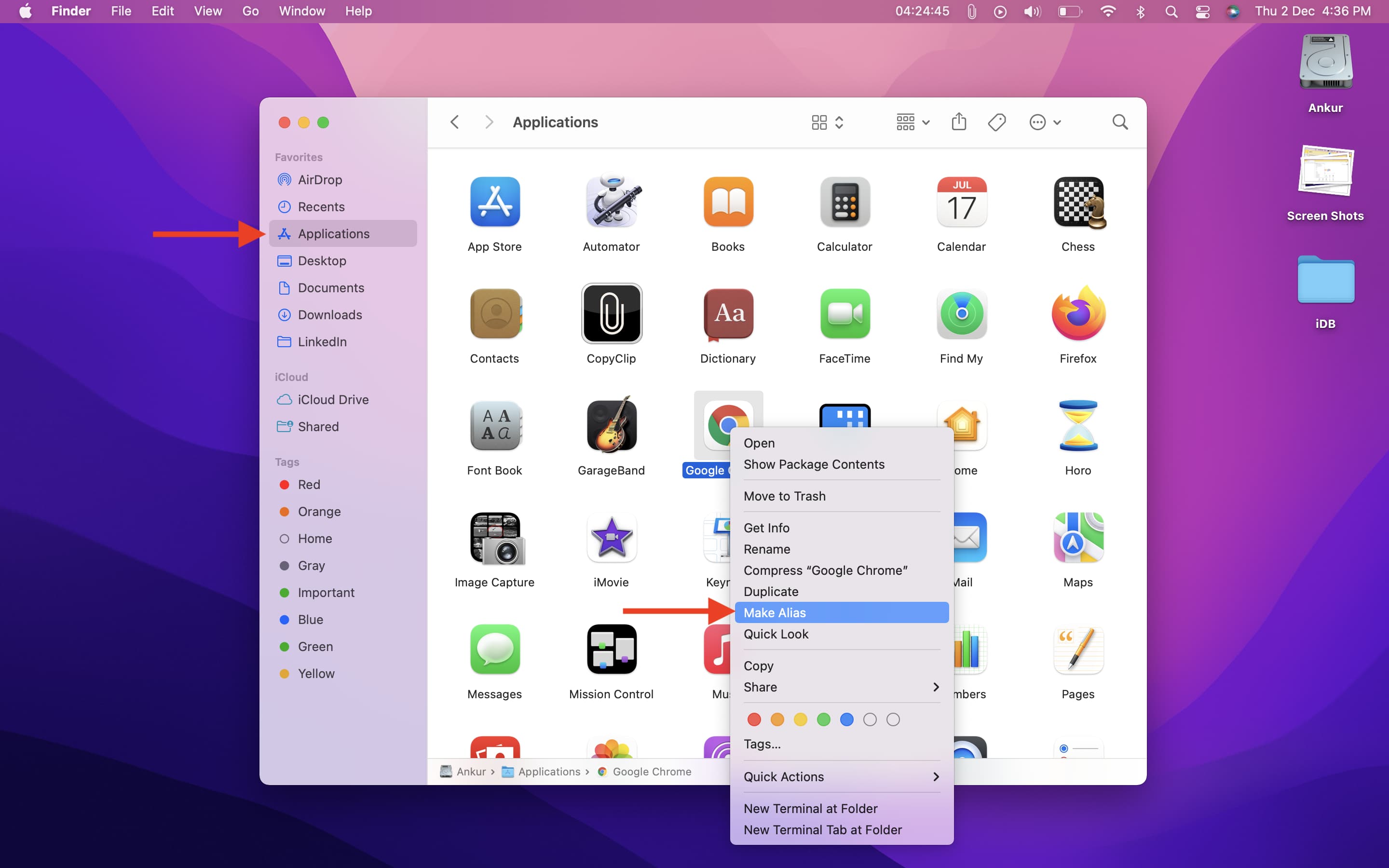
If you’ve downloaded a few icons you’d like to try out, lets get started! Open the folder where you’ve stored your icons. But what make me curious was that I could not drag and re-position those two icons. If there’s a specific drive you’d like an icon for, searching for the model with followed by “icns download” or “png” will sometimes give you want you want, assuming someone else took the time to make you an icon. And this is its UI: I known that this was simply a folder. icns files for basically all of their icons.īeyond this, I suggest doing some Googling.

Note that the Notifications icon in macOS is designed to sit in the far right corner of the menu bar and cannot. I used this one for my second drive in the first screenshot of this article. Other icons will step aside to make space for it. DeviantArt has a bunch of hard drive icons, but you’ll have to do some digging.It’s perfect if you’ve added your own solid state drive to an older Mac, and want to show that fact off a little. This forum post has a collection of icons for various solid state drives, including the Intel icon I used in the images above.Doing so certainly makes it easier to keep track of which drive is which. Both Lacie and Akitio offer icon packs, for example. Some external hard drive manufacturers may offer icons to match the drives they sell.Here’s a quick roundup of icons I’ve found: You might also find icons in PNG format you can convert to ICNS using an online converter like iConvert Icons. Look for icons that are square, ideally 512 by 512 pixels (or higher), and in Apple’s. LiteIcon is an application that can greatly simplify the icon customization process.First, you’ll want to find a few custom icons to try out.

The good news is that once you have changed the icons, you can re-enable SIP, and the changes you've made will stick – though, you may have to repeat the process for bigger macOS updates that may modify these apps, as these updates may reset some of your icon changes. Open the screen shot in photoshop then remove the background, so you just have the icons. Just leave the icons on the desktop in the dock at the bottom, then change your wallpaper to a blank colour (green is usually the best) then take a screen shot.
#How to make icons for mac mac
To change icons for these apps, you will need to disable SIP, which you can do by following our guide. If you have photoshop, you can make your desktop look even more like a mac then it does already. Since modern macOS versions have a feature called System Integrity Protection, you will not be able to change icons for system applications such as Mail or Safari by default. /System/Library/Extensions/IOCDStorageFamily.kext/Contents/Resources/ – icons for optical drivesĪlong with that, you can also get an icon from any file by pressing Cmd+ C while you have the icon selected in the Get Info window for that file./System/Library/Extensions/IOSCSIArchitectureModelFamily.kext/Contents/Resources/ – icons for various memory cards and other removable drives./System/Library/Extensions/IOStorageFamily.kext/Contents/Resources – hard drive icons./System/Library/CoreServices/CoreTypes.bundle/Contents/Resources/ – various system icons, including icons for many different Mac and iOS devices.To quickly access any of these locations, just press Cmd+ Shift+ G in Finder, and paste one of these paths. You can find them hidden in various places.
Note: The icons might change back after app. Microsoft Edge Icon before (left) vs after (right) You can repeat the sudo iconsur set app name Terminal command for as many apps as you like. As you can see, the new icon is more in-line with Big Sur icon styles. MacOS actually comes with a large collection of icons that it uses for many purposes. Take a look at the before and after app icons for Microsoft Edge in the Launchpad. If you want to reset your icon back to what it originally was, just select the small file icon in the Get Info window, and press Cmd+ X.

icns file on the small file icon in the upper left corner (next to the file name) of the Get Info window that you just opened icns file (such as from an icon pack or from one of macOS' built-in icons), the process is slightly different: Press Cmd+ V to paste your icon (or select Edit → Paste from the menu bar).Select the small file icon in the upper left corner of the window (next to the file name).Find the file/folder/application that you want to change the icon for and right click on it.Copy the image to the clipboard (note: do not copy the file in Finder, open it in Preview and copy from there).


 0 kommentar(er)
0 kommentar(er)
